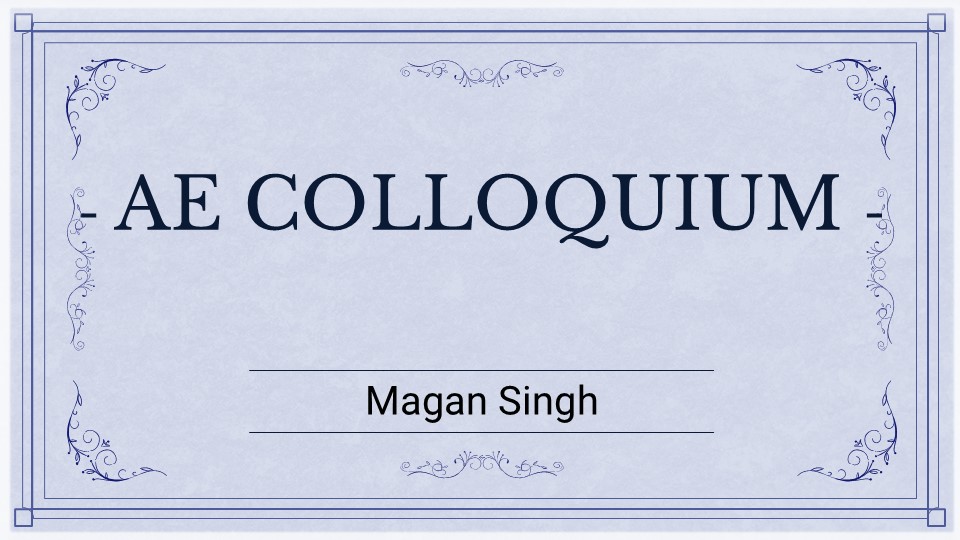
- This event has passed.
Ph.D. (Engg): On the nature of transonic buffet in a finite span wing
November 27, 2024 @ 11:00 AM - 1:00 PM

Transonic buffet, or shock oscillations, is a pre-stall aerodynamic instability, caused by shock boundary layer interaction, of the flow over a wing. This aerodynamic instability occurs at critical combinations of transonic Mach number and angle of attack. Shock oscillations cause vibrations of the wing and is known as buffeting. Buffeting may cause fatigue of the wing, and in an overall sense limit the flight envelope of the aircraft. Despite decades of study, an unequivocal understanding of the physical mechanism of transonic buffet is lacking. In literature, global stability analysis, modal analysis, and spatial correlation-based wave propagation analysis have been the tools of choice in understanding the mechanisms that cause transonic buffet. Here we present a perspective on transonic buffet, using results from correlation analysis, streamwise and spanwise pressure distributions, and the temporal evolution of skin friction lines on the surface of the Benchmark Supercritical Wing (BSCW). Skin friction lines and critical point theory are well established to describe 3D separated flows over solid walls and bodies. Together with correlation analysis of time-resolved fluid dynamics, the evolution of skin friction lines reveals a new perspective on the driving mechanism for shock oscillations. This viewpoint supports, in some ways, earlier observations on the drivers of shock-induced separation in a finite span and infinite span wing but also reveals new insights on 3D shock oscillations. The presence and distribution of these critical points—unstable foci, saddle points, and nodes—lead to the formation of buffet cells or pockets of streamwise shock oscillations along the span. The topology of skin friction lines in the presence of these critical points gives rise to separation and re-attachment lines. In particular, the propagation of buffet cells is shown to be due to the self-induced motion of contra-rotating unstable foci in the skin friction lines. The self-induced motion of these unstable foci, or vortices, causes them to convect inboard or oscillate spanwise. This perspective on transonic buffet based on the distribution of critical points of the skin friction lines, enables possibilities of buffet control using low-order nonlinear dynamical system models.
Speaker: Magan Singh
Research Supervisor: Prof Kartik Venkatraman